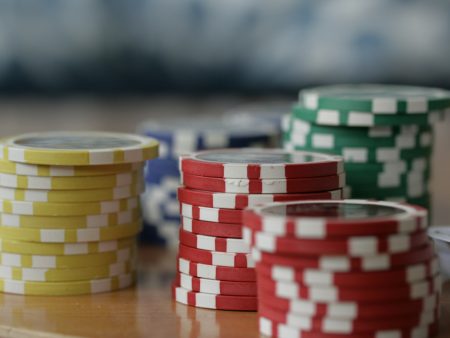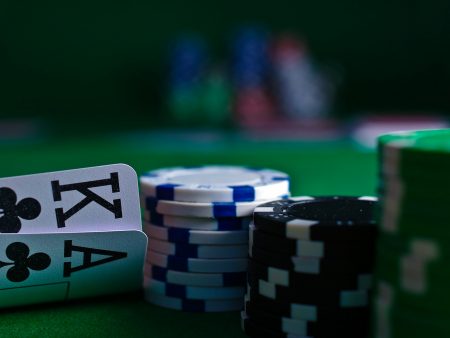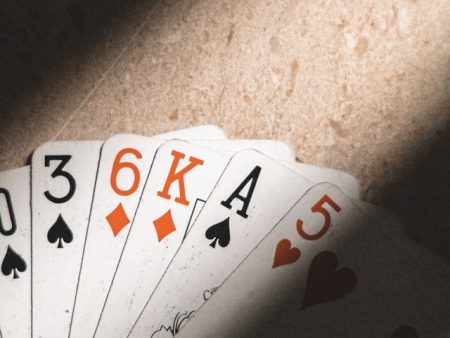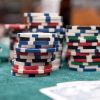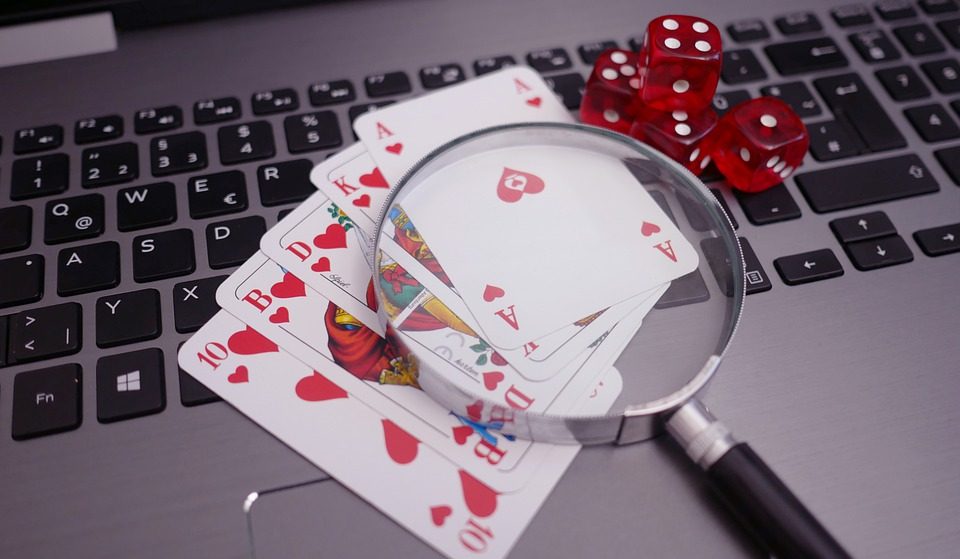
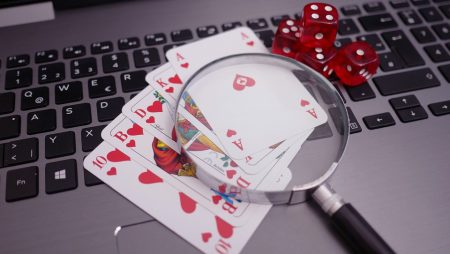
Being the most exciting card game, poker can make you a rich person within a few minutes. You can secure a huge pot if you are good at hand reading. Many experts suggest to put the opponents on a hand. It is a difficult tactic to grasp. It seems like magic when it occurs to you or other opponents.
What is Putting the Opponent on a Hand?
It is all about correctly guessing your opponent’s cards. Many individuals even believe that it’s about guessing two cards in his hand correctly.
You can make the opponent quite nervous if you announce the two cards he is holding. It rarely happens in a no-limit poker game and it also doesn’t promise a win. However, it’s good to get surrounded by some uncreative opponents and playing with his mind.
Is It Important to Put an Opponent on a Hand?
It is a crucial part of the winning strategy. You want to know your opponent and it is also about revealing his gameplay mechanism. It will be much easier to guess all his moves if you are familiar with his playing tendencies.
You can guess the opponent’s movements in various situations. You can never guess his hand if you fail to grasp his playing tendencies. It is important to identify opponents’ poker playing styles to drive things in your favor.
The First Rule of Reading Opponent’s Hand:
This rule requires you to make the first assumption and sticking to it until you are proven wrong. The target opponent is holding a big pair if he calls before the flop. He might also hold a small pair and he is willing to flop a set. The opponent will certainly get out if that doesn’t happen.
In later positions, opponents may prefer to jump into the fight with a variety of hole cards. Now, it will be a bit tough to put them on a hand but you can still do it.
You won’t get too many choices when the opponent is going all-in. If none of your opponents has bet:
- You can bet
- You can check
If someone bets before your turn:
- You can fold
- You can call
- You can raise
Suppose the opponent places a standard size bet, he is probably holding a pocket pair of Aces or nothing. You have to get into action and create some kind of hypothesis than having nothing.
Home on the Range:
The initial step is to guess what the opponent is holding. It is known as the range and it includes all the cards your opponent might hold when he initiates the action. Some guesses you can make are:
- Suppose the opponent raises the blind middle position, he is probably holding a pair of fives or better cards. The shortcut to describe this range would be 5-5+, A-9o+, A-8s+, K-Q.
- You would probably fold if you got poor cards and re-raise if your cards are good. You may call if your cards have the potential to empty his entire stack with a huge hand. Both you and the opponent must have enough on the table to continue for a while. You should avoid long shot drawing hands if you can’t win enough to cover the long odds.
- Consider it an oversimplified scenario to ensure you. Your hand might not be quite effective against the opponent. You can continue the play if you believe a bluff can turn things in your favor.
- Suppose you got a mediocre hand, you can believe it can win the pot against the observed opponent. Things will go to a showdown if you think there are 40% chances of the win. You will have a playable hand only if you believe a bluff has 20% chances of success.
Walk-in Your Opponent’s Shoes:
Now, you are familiar with the first law of hand-reading. You can judge the range of the opponent’s cards. Now you have to put yourself in his shoes. Just imagine what sort of hand you will need to raise from a middle position.
What type of cards you need to be in his position: You have to wonder what type of hands you need to do what the opponent is doing. He might be holding cards similar to yours. Things can also be different because the opponent can be aggressive or loose. His playing style can reveal a lot if you observe carefully.
What if the opponent is reading your hands?
Things get quite complex in such a situation. The opponent might apply the same tactic to read your hand. He must be assessing the strength of your cards whereas you are doing the same thing.
The opponent will assess all your position and wonder what your range should be to make certain moves. You should start reading the opponent because he is already observing you. It will happen rarely unless you are sitting against some of the most seasoned poker players.
Spotting the Weakness of the Opponent:
Focus on the way your opponent plays the top pairs with the top kicker. It helps you in deciding a player’s style. Most people play quite recklessly than others.
Winning against a reckless opponent:
A reckless opponent would mostly go all-in the moment he gets top pair-top kicker. Spot such players the moment you run into them. It won’t take too long for you to grab all his chips. The moment you flop a set and the opponent makes a top pair, he is now yours.
You can beat this opponent with a flush or a straight. It won’t take too many hands because the opponent will go all-in within a few moves.
Learn the way your opponent plays flush or straight draws:
You should observe whether your opponent gets there as cheaply as possible or gets aggressive. Does he assess his opponents before making a move or he uses additional outs to continue?
Some poker players prefer to raise with their draws. A few players do not raise and the rest rely on the moves made by the opponents. A seasoned opponent will assess other outs along with the number of remaining opponents. He will calculate how these things can affect his implied odds!
The Second Law of Hand Reading:
- Suppose the opponent does not reveal anything, you have to presume certain things about him. These presumptions should be short-lived. You have to change the perception with more information you gather in the future. Keep the following things in your mind:
- One or more opponents have guessed a little about your position in the game. They are trying to find out how important it is at the table.
- Most opponents will behave like brain dead people. They know every move is targeted towards someone.
- Suppose opponents over-bet the pot, they have specific reasons. Some might over-bet due to the winning prize.
- Your opponents might also have a reason for under-betting. Some might under-bet to draw calling stations. The opponent might make a blocking bet as a more favorable alternative to checking. It is also done to call a more expensive bet from the opponent.
- A player who raises in late position holds a drawing or speculative hand. The opponent is certainly holding a big starting hand if he re-raises. He can do anything to protect his hand.
Spotting Scared and Fearless Players:
There will be both types of players at a poker table. Some opponents will assign ranges to your and others’ hands. Therefore, they are less likely to call or raise. Such players make such calls only when they hold the best hand.
You are simply spotting the insecurities of a player and not putting him on a hand. You may lose most of your chips if you continue to do so!
It’s impossible to win every hand:
It is not possible to make money with each hand. You should be prepared to lose to look normal. Certain players are unpredictable and you can’t tame such monsters. You rarely come across such players because most prefer to play with certain tactics.
Be realistic:
Some poker players do not make any move without putting opponents on a hand. You can beat them by alluring them to play a wider range of hands than they had prepared for. Avoid putting such opponents on a hand! Do not speculate their cards based on a few moves.
Your adversary won’t give in that easily because he is playing fearlessly. So, be prepared for the long run if you got a good set of cards.
Final thoughts:
Putting a player on hands requires a set of skills. Some poker players do it without any trouble because they have practised it for many years. Newbies need some time to understand and practice every move.
It is okay to be a newbie, but keep practising. Try online poker because here you will easily hook inexperienced players. You can easily find different types of opponents to test your skills and hone those skills.

